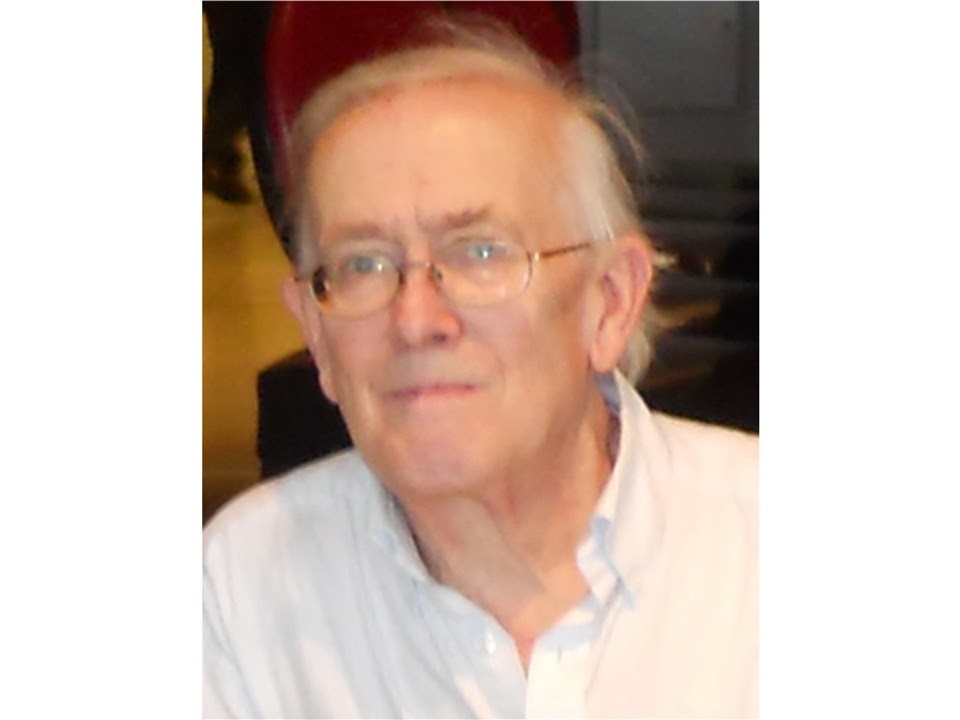REMEMBERING FUKUSHIMA NUCLEAR DISASTER
There are several events in London next month marking the fourth anniversary of the Fukushima nuclear disaster, and opposing nuclear power. August this year will see the seventieth anniversary of the nuclear destruction of Hiroshima and Nagasaki. I'm speaking at SOAS University of London on Tuesday 3 March, and also at the rally in Parliament Square at 2.30 pm on Saturday 14 March.
Tuesday 24 February 2015
LARGE HADRON COLLIDER SEARCH FOR GLUINO
The Large Hadron Collider (LHC) is due to restart next month after an energy-boosting upgrade, following the crucial discovery of the Higgs boson:
http://www.bbc.co.uk/news/science-environment-31476337
Doubling the LHC collision energy may take it into the domain of dark matter particles, as predicted by Supersymmetry, which is a theoretical addition to the Standard Model of particle physics. Most of the matter in the Universe is believed to be in the form of dark matter. There may be many dark matter particles, partners to the ordinary matter particles. Initial candidates for discovery by the LHC are the gluino (the partner of the gluon which holds the quarks together inside protons and neutrons) and the neutralino.
Professor Beate Heinemann of the University of California at Berkley, a spokeswoman for the Atlas experiment at the LHC, says: 'We hope that we're just now at this threshold that we're finding another world, like antimatter for instance. We found antimatter in the beginning of the last century. Maybe we'll now find supersymmetric matter.'
Dr Michael Williams of Massachusetts Institute of Technology (MIT) said: 'Finding any particle that could be a dark matter candidate is nice because we could start to understand how it affects the galaxy and the evolution of the universe, but it also opens the door to whatever is on the other side, which we have no idea what is there.'
Comment: These are adventurous and exciting times for particle physics and cosmology. A feeling that we may be just on the verge of major new discoveries that could change our view of the universe.
The Large Hadron Collider (LHC) is due to restart next month after an energy-boosting upgrade, following the crucial discovery of the Higgs boson:
http://www.bbc.co.uk/news/science-environment-31476337
Doubling the LHC collision energy may take it into the domain of dark matter particles, as predicted by Supersymmetry, which is a theoretical addition to the Standard Model of particle physics. Most of the matter in the Universe is believed to be in the form of dark matter. There may be many dark matter particles, partners to the ordinary matter particles. Initial candidates for discovery by the LHC are the gluino (the partner of the gluon which holds the quarks together inside protons and neutrons) and the neutralino.
Professor Beate Heinemann of the University of California at Berkley, a spokeswoman for the Atlas experiment at the LHC, says: 'We hope that we're just now at this threshold that we're finding another world, like antimatter for instance. We found antimatter in the beginning of the last century. Maybe we'll now find supersymmetric matter.'
Dr Michael Williams of Massachusetts Institute of Technology (MIT) said: 'Finding any particle that could be a dark matter candidate is nice because we could start to understand how it affects the galaxy and the evolution of the universe, but it also opens the door to whatever is on the other side, which we have no idea what is there.'
Comment: These are adventurous and exciting times for particle physics and cosmology. A feeling that we may be just on the verge of major new discoveries that could change our view of the universe.
Labels:
Gluino,
Higgs boson,
Large Hadron Collider,
LHC,
MIT,
Neutralino
Sunday 1 February 2015
COSMIC INFLATION MEASUREMENTS ERROR
A new study of cosmic inflation involving the BICEP2 team of scientists has concluded that results announced last year were in error due to light emission from dust in our own galaxy:
http://www.bbc.co.uk/news/science-environment-31058529
BICEP2 used extremely sensitive detectors in an Antarctic telescope to study light coming to Earth from the edge of the observable universe - the Cosmic Microwave Background Radiation (CMBR).
It was looking for swirls in the polarisation of the light, called B-modes, which are an imprint of the waves of gravitational energy that would have accompanied the early inflation of the universe fractions of a second after the Big Bang.
The scientists now believe that false B-mode signals in the measurements reported last year arising from dust in our own galaxy lead to a reduced significance in the results, and they are unable to confirm that the signal is an imprint of cosmic inflation.
Other experiments are now attempting to resolve the B-mode signal using a variety of detector technologies and telescopes.
Comment: This is leading research and these developments are steps forward rather than setbacks.
A new study of cosmic inflation involving the BICEP2 team of scientists has concluded that results announced last year were in error due to light emission from dust in our own galaxy:
http://www.bbc.co.uk/news/science-environment-31058529
BICEP2 used extremely sensitive detectors in an Antarctic telescope to study light coming to Earth from the edge of the observable universe - the Cosmic Microwave Background Radiation (CMBR).
It was looking for swirls in the polarisation of the light, called B-modes, which are an imprint of the waves of gravitational energy that would have accompanied the early inflation of the universe fractions of a second after the Big Bang.
The scientists now believe that false B-mode signals in the measurements reported last year arising from dust in our own galaxy lead to a reduced significance in the results, and they are unable to confirm that the signal is an imprint of cosmic inflation.
Other experiments are now attempting to resolve the B-mode signal using a variety of detector technologies and telescopes.
Comment: This is leading research and these developments are steps forward rather than setbacks.
Subscribe to:
Posts (Atom)


